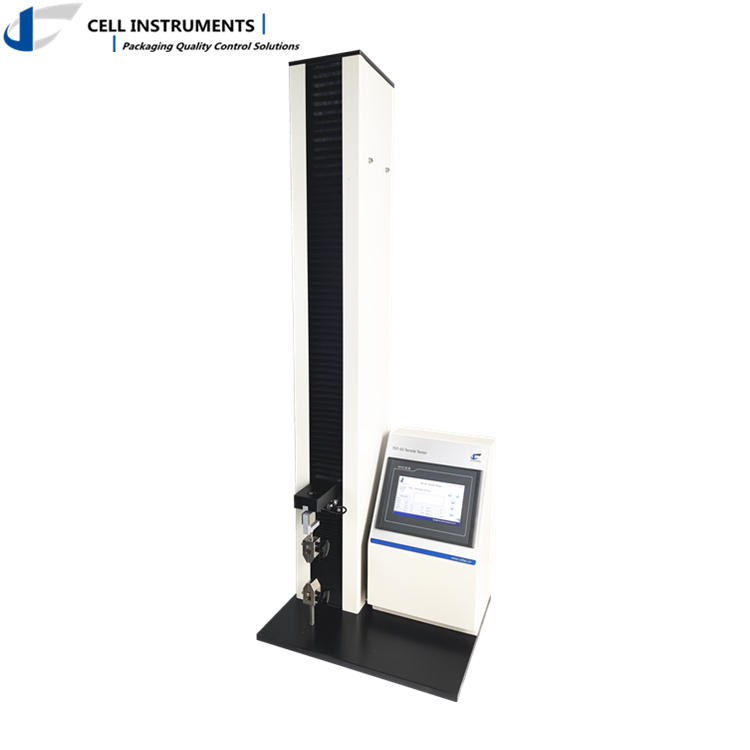The separator is an important part of the lithium battery. The separator is electronically insulating to avoid short-circuits; at the same time, it has ion conductivity to ensure the electrochemical performance of the battery. The diaphragm has a significant impact on the capacity, cycle performance, charge-discharge rate, etc. of the battery; especially has a greater impact on the safety of the battery. Therefore, the quality of the battery separator directly affects the overall performance of the battery. We can use some measurable physical and chemical indicators and electrochemical indicators to judge the impact on battery performance.
In 2018, the National Alkaline Battery Standardization Technical Committee and China Chemical and Physical Power Industry Association organized relevant enterprises to formulate the national standard “Polyolefin Separator for Lithium-ion Batteries” (standard number: GB/T36363-2018), which will be released in 2019 It will come into effect on January 1.
The label stipulates the requirements, test methods, inspection rules and other information of polyolefin separators for lithium-ion batteries. According to the standard requirements, some key test items are sorted out.
Tensile strength/elongation at break
The current measurement standards for tensile strength and elongation at break are generally based on “GB/T 1040.3 Testing of Plastic Tensile Properties”. The requirements for tensile testing machines in the standard are as follows: Speed: meet the following speeds 5, 50, 100, 200 , 300, 500mm/min requirements, the test speed is 250mm/min.
Specimen width: 15mm Gripper distance: 100mm

TST-01 Tensile Tester
Puncture strength
Puncture strength test requirements: the resolution of the load sensor of the testing machine is 0.01N; the puncture needle: φ=1.0mm, the tip is spherical R=0.5mm; the sample fixing fixture: the inner diameter is 10mm. After the sample is clamped, it is punctured at a speed of 100mm/min. The unit of puncture strength is Newtons per micron (N/μm).
Heat shrinkage rate
Thermal shrinkage refers to the dimensional change of the battery separator before and after heating.
Experimental method: Cut 3 pieces of 100mm×100mm square diaphragm from the longitudinal direction of the roll film, put the stainless steel plate and two pieces of quantitative filter paper in the middle of the oven, and control the temperature to 90°C or 120°C. 90°C for 2 hours and 120°C for 1 hour. Return to room temperature after heating. Shrinkage is calculated based on the change in length across the longitudinal direction.
